
Cattle Drive Vacation – Bighorn Canyon National Recreation Area
Lovell, Wyoming isn’t just the home base of Dryhead Ranch’s Wyoming working cattle ranch vacations. It is also a small town located smack dab in the middle of an amazing showcase of Western cattle drive history. Located near the border between Wyoming and Montana, Lovell and dozens of small towns just like it dot the length of the Bighorn River like jewels on a necklace. During the post-Civil War cattle boom of the late 19th Century, outposts like this were essential to serve the needs of cowboys, merchants, and adventurers of all sorts during the annual Winter cattle drives.
Cattle Drive Vacation – A Proud Heritage
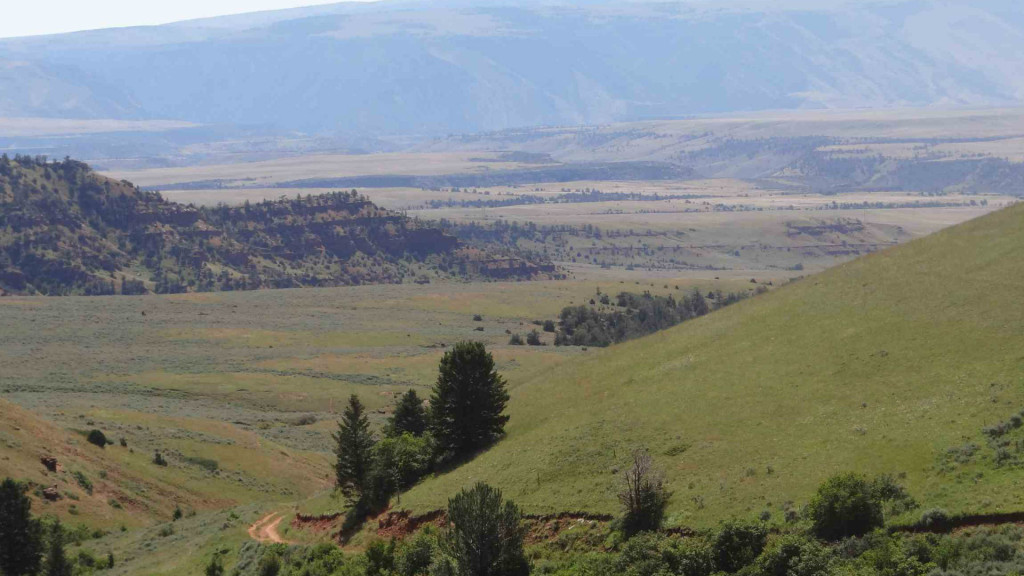
Though the cattle industry is no longer the behemoth it once was, the Bighorn Basin still maintains a proud cowboy heritage. Reminders of its vital past and its promising future are everywhere. Residents of this rugged and sparsely-populated land have endeavored to preserve its rugged beauty and rich natural resources. Perhaps nothing speaks more to their success than the spectacular Bighorn Canyon National Recreation Area.
A New Park
The United States Bureau of Reclamation is not exactly known for their environmental responsibility. Responsible for hundreds of hydroelectric, irrigation, and drinking water reservoir projects throughout the United States, the United States Bureau of Reclamation has at times been criticized for the effects its dam projects have had on the landscape inevitably inundated by such an endeavor. There can be no doubt, however, that the construction of the Yellowtail Dam has placed Bighorn Canyon National Recreation Area’s 120,296 acres under public protection for the foreseeable future. This means that, despite the dam and resulting reservoir, a vast swath of land straddling the border between Montana and Wyoming is now preserved in all its natural glory for generations to come.
Yellowtail Dam
The Yellowtail Dam itself has been embroiled in controversy since its construction was proposed in 1944. First proposed as a cooperative venture between the Crow indigenous peoples and the Reclamation Service (later the United States Bureau of Reclamation), the terms of the agreement that resulted in the park continued to shift up until the construction of the Dam. Accompanying factionalism eventually tore the Crow Nation in two. Even the name of the Yellowtail Dam is significant in this respect: Robert Yellowtail, the tribal chairman during the initial negotiations in the 1940’s, opposed the plan.
Historic Cattle Ranch Vacation Spots
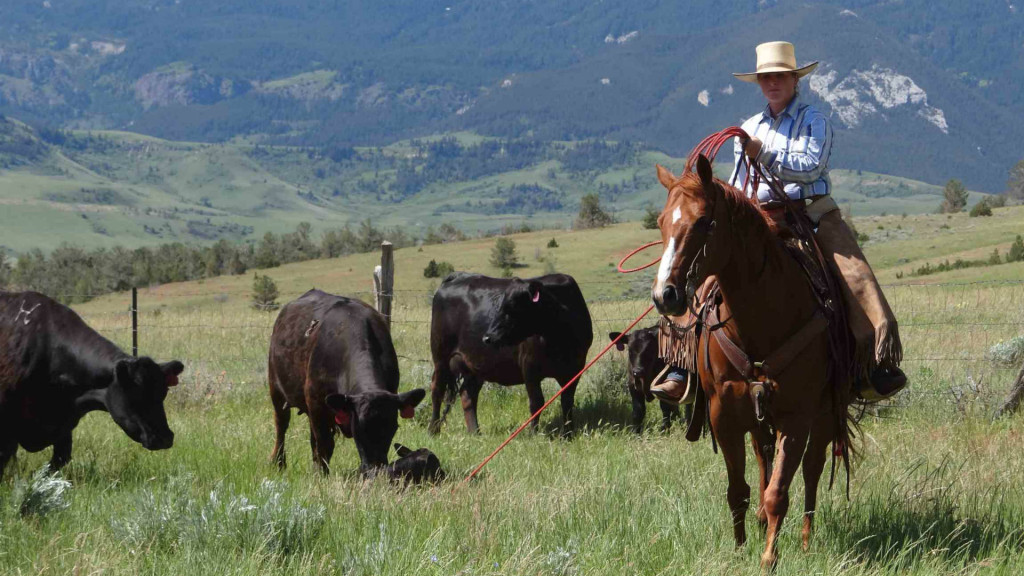
Of special interest to those planning a working ranch vacation are the four historic ranches located within the boundaries of the park. If not for hard-working cattlemen, there would be no ranches to water and no houses to power and thus no need for a dam and thus no need for a park. Out here, form follows function. We can thank the hard-working pioneer ranchers of the 19th century for Bighorn Canyon National Recreation Area’s bounty and splendor. But, better than that, we can fall in love with the land they called home during a authentic ranch vacation at Dryhead Ranch. During our cattle drive vacation retreats, we follow in the hoof prints of those first cowboys. If you want to see what it was like to see the sweeping vistas and craggy peaks for yourself, book your own working ranch vacation with Dryhead Ranch today.
Devil’s Canyon Overlook
You will spend a lot of time in the Bighorn Canyon National Recreational area during your cattle drive vacation. We drive our cattle from Lovell, over the old Sioux trail, and into Dryhead Ranch. The ranch itself is located on the east ridge of the Pryor Mountains within the Bighorn National Recreation Area itself. But just because you will be on the historic Sioux trail, the same trail used by peoples in this region for 400 years or more, doesn’t mean you will see the best of the Bighorn Canyon National Recreation Area.
Unforgettable Working Ranch Vacation – Devil’s Canyon Overlook
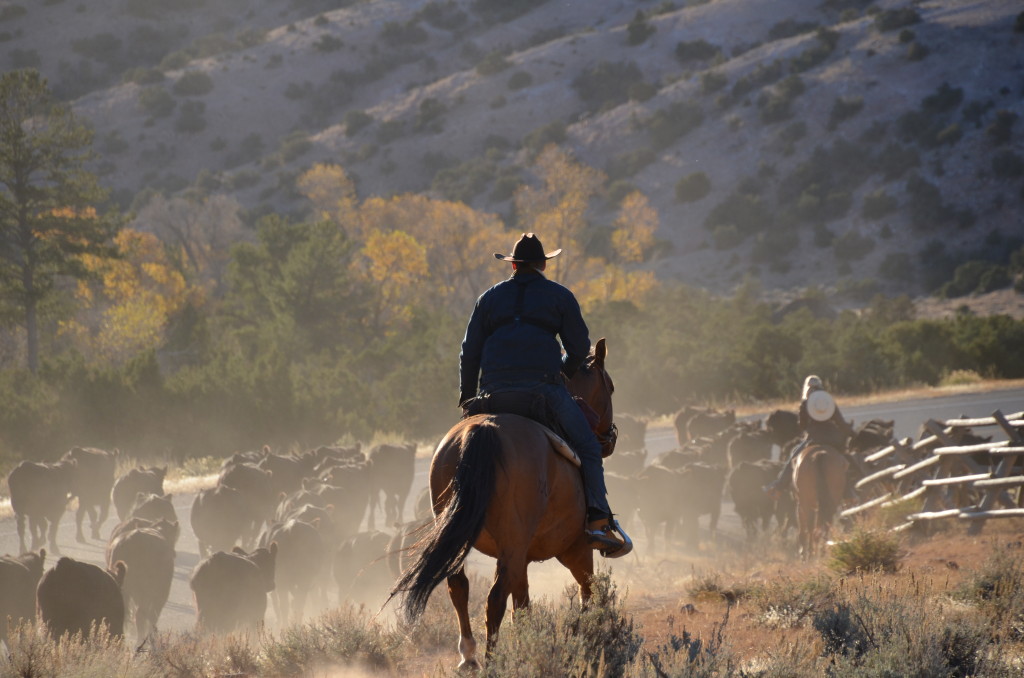
It seems to be unanimous: any trip to the Bighorn Canyon National Recreation Area is incomplete without a stop at Devil’s Canyon Overlook. This towering canyon wall cliff soars nearly 1,500 feet above the Bighorn River. From this height, the complex and beautiful geological history of Montana and Wyoming are clearly visible. Sedimentary rock, composed of tiny compressed particles of sand and other minerals form desert-rainbow bands of deep reds and chalky grays and browns. Even lower in the strata, one finds ancient metamorphic and igneous rock harkening back to the very beginnings of the planet. There are few things like starting down into a vast, spectacular canyon to really impress upon a person the scale of their existence. It comes highly recommended.
Wilderness Travels And Powerboat Battles
One of the beautiful things about Wyoming and Montana is that these are states that believe in freedom. This means that you have the freedom to traverse hundreds of thousands of acres of untouched wilderness on foot, all the while leaving no trace and practicing utter conscientiousness… and then go back to the lake in the afternoon and race powerboats. Mountain man Jim Bridger would likely approve. He discovered the canyon way back in 1825 while blasting down the then-wild Bighorn River on an apparently well-built log raft. Of course, the river is not nearly as wild as it used to be. The Yellowtail dam has seen to that. But, on the upside, it is much easier to powerboat on a reservoir.
Must See Wildlife
If you carry around a “Famous Fauna of the West” checklist around with you wherever you go, Bighorn Canyon is an excellent place to check some off. You will likely see jackrabbits an coyotes, and you may even see some of the rarer park denizens: mountain lions, mountain goats, and if you get close enough to Crow land, even a few bison. And, if you join us on a cattle drive vacation, we can pretty much guarantee you’ll see some cows too.
Working Ranch Vacation – How The West Was Wonderful
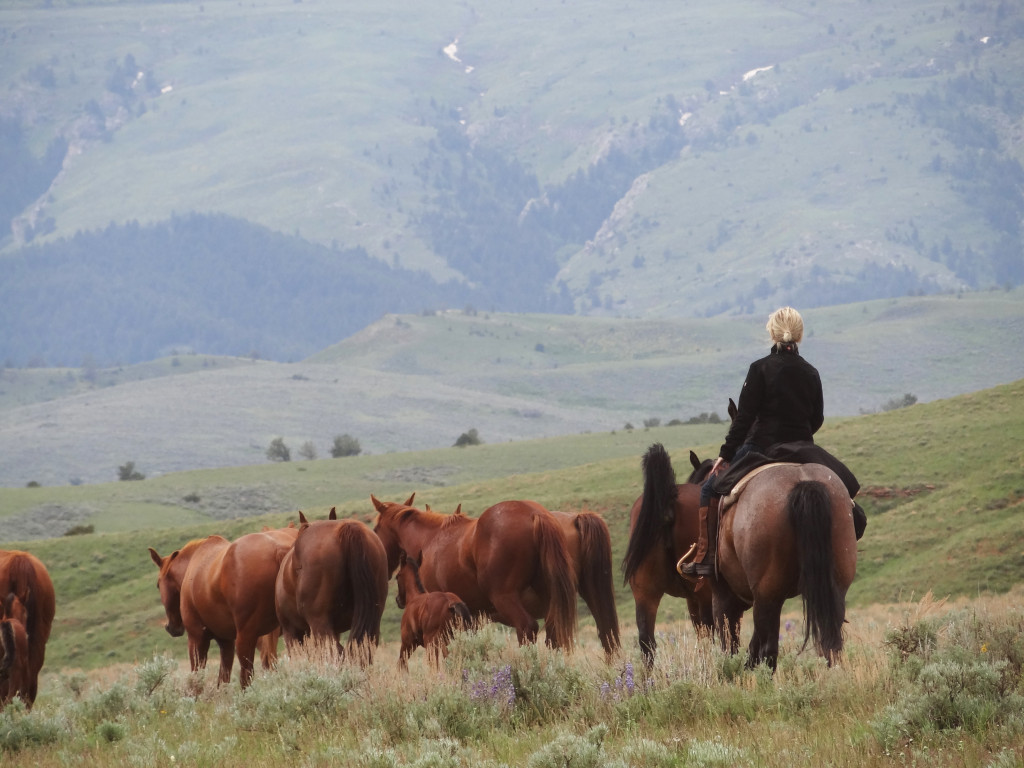
Lovell, Wyoming ought to be more famous than it is. Not only does Dryhead Ranch call Lovell home; Lovell is also surrounded on nearly every side by historic sites and pristine wildlands. It is also smack dab in the middle of cattle country, which makes it a natural place to start a working ranch vacation. Give us a call for more information.
When you are preparing to embark on your cattle drive vacation with Dryhead Ranch, you might want to consider what to do during your downtime in Lovell, Wyoming. Luckily, even though it is a relatively small town, Lovell is awash with history and adventure. Located a mere 37 miles from town (which, in Wyoming, is right next door), Medicine Mountain National Historic Landmark is one of the Lovell area’s most spectacular features.
Cattle Ranch Vacation Idea – Medicine Mountain National Historic Monument
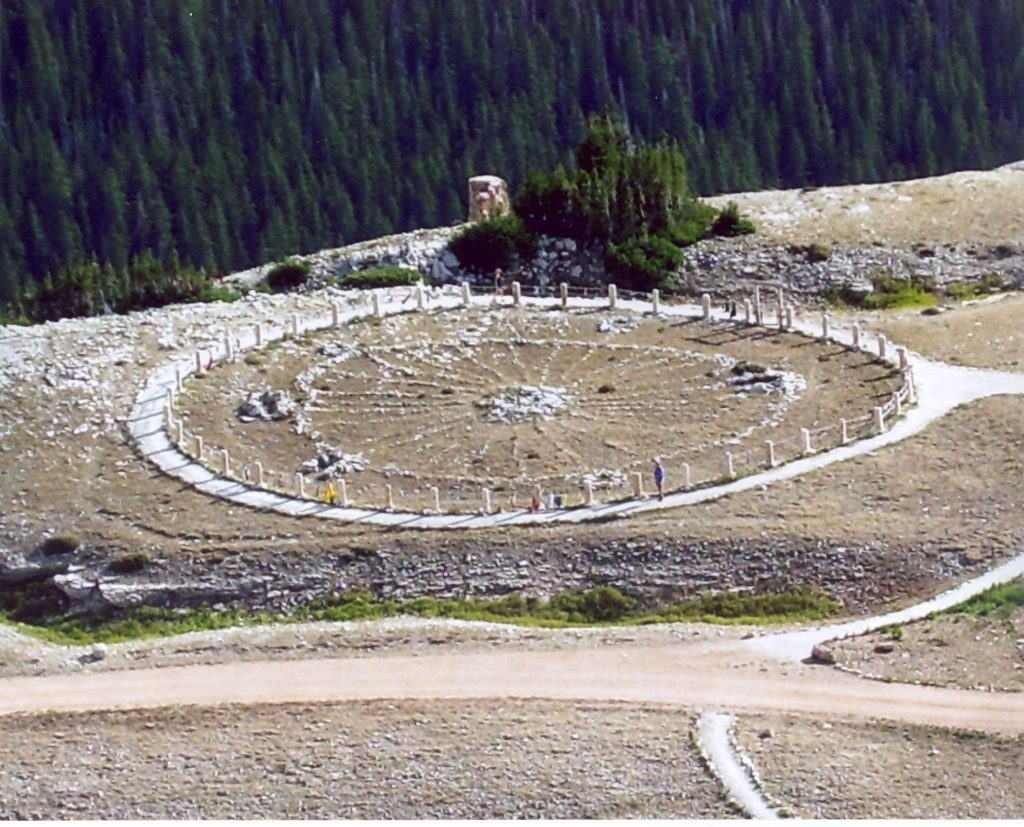
Nestled at the top of a mountain in Bighorn National Forest, Medicine Mountain National Historic Landmark features the Bighorn Medicine Wheel. This structure, located at the 9462 foot summit of Medicine Mountain, is made from thousands of bread loaf-sized bricks and measures about 80 feet in diameter, containing 28 radial spokes. Around the perimeter of the main circle are 28 standing stones. It was built before Europeans set foot on the North American continent, a testimony of the indigenous peoples’ beliefs as well as their engineering prowess. It continues to be used by indigenous peoples today, as well as by a variety of spiritual seekers who believe the place has special spiritual significance.
Ancient Beliefs
At various times, the Crow and Arapaho as well as other indigenous peoples have used the Bighorn for their special rituals. Some even say that “little people” live in the caves on Medicine Mountain, offering their aid to supplicants who approach them with the ancient prayers and rituals.
The Bighorn Medicine Wheel’s Astronomical Significance
The sheer scale and craftsmanship of the Bighorn Medicine Wheel might be impressive in and of themselves, but there are other features of the Bighorn Medicine Wheel that are even more intriguing. The Wheel contains seven stone circles, with one in the center and the other six located at certain points around the perimeter. By aligning themselves using these circles in certain combinations, it was possible for ancient peoples to determine the exact dates of some important astronomical phenomenon. Summer and winter solstices as well as vernal and autumnal equinoxes were easily marked on these “stone calendars.” In addition, the rising of particular stars from set perspectives would indicate other important events during the indigenous peoples’ year.
Cattle Drive Vacation – Clear Skies and Amazing Memories

It is hard to describe the Wyoming sky at night during one of Dryhead Ranch’s working ranch vacations, especially if you haven’t been out to the country for a while. There is something especially satisfying watching our city-dwelling customers see it for the first time. “There’s just so much out there!” is something we hear pretty often. The Milky Way is hard to get enough of, and finding the planets is always an amusing way to spend some time. Why not hike to the summit of Medicine Mountain and try some of the Astronomical alignments yourself during your stay in Lovell? You’re guaranteed a spectacular view. And, with the reasonable pace of our cattle drive vacations, you’ll have the energy you’ll need to explore during your time in the Lovell home base.
Interested in a Cattle Drive Vacation? Send us Your Questions or Comments.

